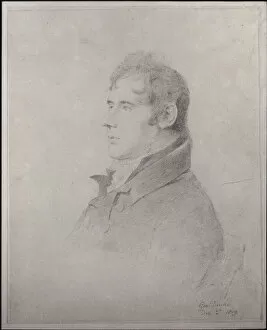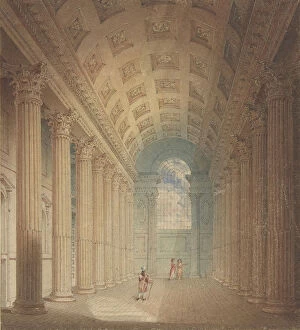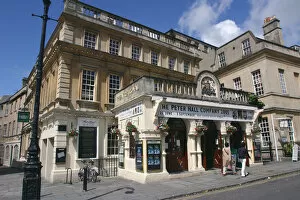George Dance The Younger Collection
George Dance the Younger was a man of many talents, as evident in his diverse body of work
All Professionally Made to Order for Quick Shipping
George Dance the Younger was a man of many talents, as evident in his diverse body of work. As an architect and portrait draughtsman, he left behind a legacy that continues to captivate us today. One of his notable contributions is his self-portrait, captured with meticulous detail by none other than himself. This lithograph showcases Dance's skillful hand and keen eye for capturing the essence of his subjects. In addition to portraiture, Dance also delved into engraving, showcasing his versatility as an artist. His engraving of William Bligh in 1794 demonstrates his ability to bring out the character and personality of those he depicted. Dance's architectural prowess shines through in the Egyptian Hall at Mansion House in London. Designed between 1795-1825, this grand structure stands as a testament to Dance's innovative vision and enduring influence on London's cityscape. Another fascinating piece associated with Dance is a depiction of Thomas Hearne from around 1902. Although the creator remains unknown, it serves as a reminder that Dance's impact extended beyond just architecture and portraiture. M. A. Rooker's A. R. A. , created in 1793 but brought to light around 1900 by an anonymous artist, further exemplifies Dance's ability to inspire others through artistry across different mediums. Dance even found himself immortalized by renowned artists like Thomas Lawrence who painted him in 1798. This stunning portrayal captures not only Dance's physical features but also hints at the depth and complexity beneath them. Augustus Wall beautifully captured another one of George Dance the Younger’s architectural achievements - The Interior General Post Office on Lombard Street in London (1809). Through this artwork we can appreciate how dance transformed spaces into places that evoke awe and admiration But it wasn't just buildings that fascinated George; he had an eye for capturing moments frozen in time too.
















